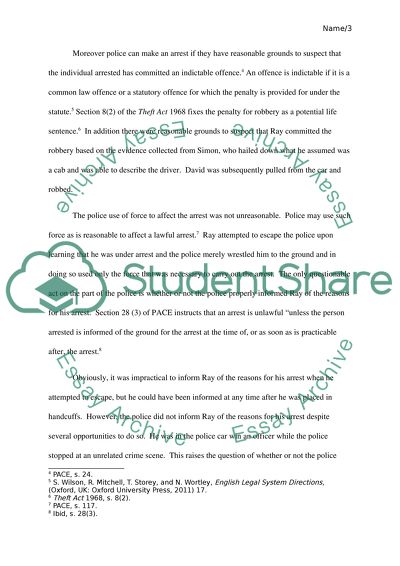Cite this document
(“English Legal Process Coursework Example | Topics and Well Written Essays - 2000 words”, n.d.)
English Legal Process Coursework Example | Topics and Well Written Essays - 2000 words. Retrieved from https://studentshare.org/law/1466216-english-legal-process
English Legal Process Coursework Example | Topics and Well Written Essays - 2000 words. Retrieved from https://studentshare.org/law/1466216-english-legal-process
(English Legal Process Coursework Example | Topics and Well Written Essays - 2000 Words)
English Legal Process Coursework Example | Topics and Well Written Essays - 2000 Words. https://studentshare.org/law/1466216-english-legal-process.
English Legal Process Coursework Example | Topics and Well Written Essays - 2000 Words. https://studentshare.org/law/1466216-english-legal-process.
“English Legal Process Coursework Example | Topics and Well Written Essays - 2000 Words”, n.d. https://studentshare.org/law/1466216-english-legal-process.


